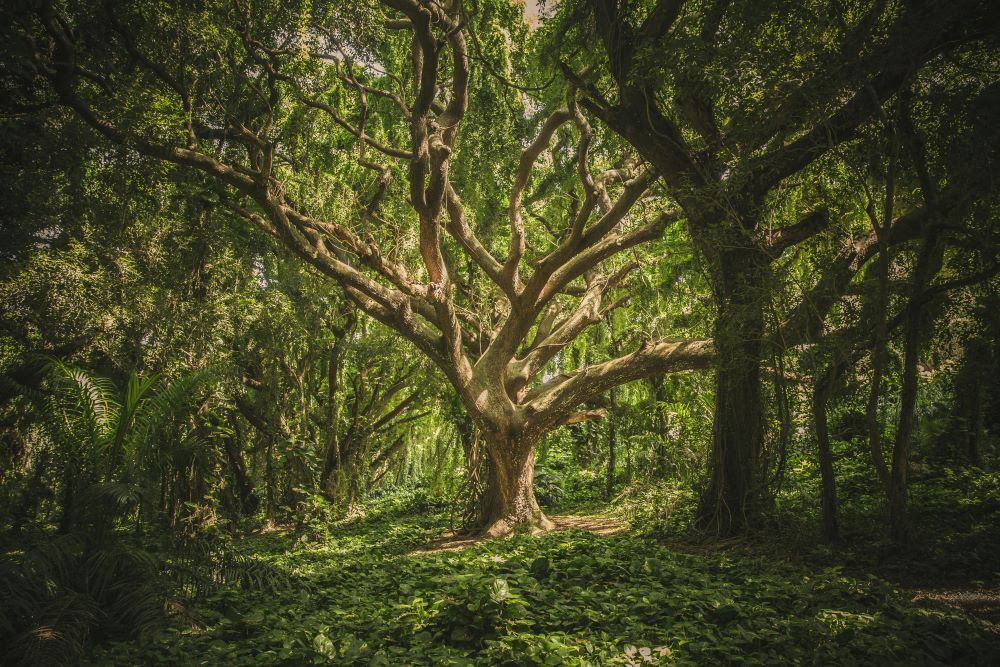How Forests Regulate Climate: The Science Behind Nature’s Balance
Forests are often called the “lungs of the Earth,” but their role in climate regulation goes far beyond producing oxygen. They act as natural climate stabilizers by absorbing carbon dioxide, regulating temperature, and influencing weather patterns. Understanding this relationship can help us appreciate why forest conservation is critical in the fight against climate change.
The Role of Forests in Climate Regulation
1. Carbon Sequestration: Nature’s Carbon Storage
One of the most crucial ways forests regulate the climate is through carbon sequestration. Trees absorb carbon dioxide (CO2) from the atmosphere during photosynthesis and store it in their biomass (trunks, branches, and roots). According to the Food and Agriculture Organization (FAO), forests absorb about 2.6 billion tons of CO2 annually, making them essential in reducing greenhouse gas levels.
Deforestation, on the other hand, releases this stored CO2 back into the atmosphere, contributing to global warming. This is why forest preservation and afforestation efforts are vital.
2. Temperature Regulation and Rainfall Patterns
Forests also help moderate global temperatures. The dense canopy of trees provides shade, reducing the heat absorbed by the Earth’s surface. Additionally, forests cool the air through transpiration, a process where trees release water vapor, which helps regulate local and global climate.
Forests influence rainfall patterns by maintaining the water cycle. Trees draw water from the ground and release it into the atmosphere, leading to cloud formation and precipitation. This is particularly important in tropical regions where forests like the Amazon Rainforest generate rainfall crucial for agriculture and water supply.
3. Protection Against Extreme Weather
Forests act as a natural buffer against extreme climate events such as floods, droughts, and storms. Tree roots bind the soil, preventing erosion and landslides during heavy rains. Meanwhile, forests help absorb excess rainfall, reducing the risk of floods. In coastal areas, mangrove forests serve as natural barriers against hurricanes and tsunamis, protecting communities and biodiversity.
Human Impact and the Need for Conservation
Despite their importance, forests are being destroyed at an alarming rate. According to Global Forest Watch, the world lost over 10 million hectares of forest in 2022 alone. Deforestation is primarily driven by agriculture, logging, and urban expansion, leading to higher CO2 emissions, habitat loss, and disrupted weather patterns.
Efforts such as reforestation, afforestation, and sustainable forest management can help mitigate climate change and protect these ecosystems. Organizations like the World Wildlife Fund (WWF) and Rainforest Alliance promote forest conservation efforts worldwide. You can learn more about their initiatives and how to get involved here:
Conclusion
Forests play an irreplaceable role in maintaining Earth’s climate balance. They absorb carbon, regulate temperature, and influence weather patterns, making them essential for a stable environment. Protecting forests is not just about preserving biodiversity; it is crucial for combating climate change and ensuring a sustainable future. By supporting reforestation efforts and responsible land-use policies, we can help safeguard our planet’s natural climate regulators.
Every tree counts. Let’s protect our forests and our future!
































